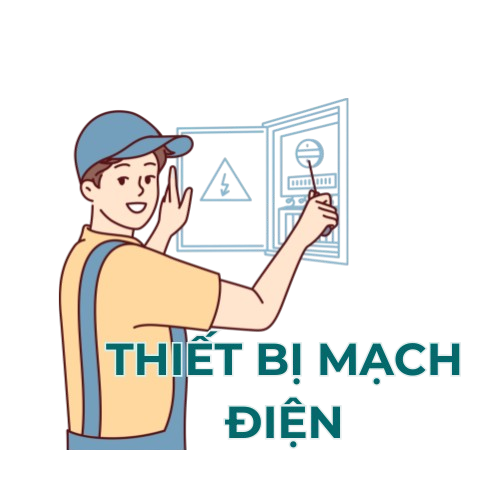The U.S. car industry in 2025 stands at the leading edge of engineering breakthroughs, driven by advancements in machine learning systems.
—
## Strategic Technological Pillars in U.S. Automotive Development https://techcarusa.com/
### Artificial Intelligence
Advanced algorithms serve as the foundation of contemporary vehicle technologies, with **81% of dealerships increasing AI budgets** to enhance client interaction systems.
Emerging companies like **Wayve** are leading deep learning models for driverless automobiles.
—
### Electric Vehicle Infrastructure and Sustainability
The U.S. EV market is growing exponentially due to government subsidies and business funding. **Aptera Motors** leads in solar integration, offering a three-engine electric vehicle with high-efficiency solar panels.
Government policies play a crucial function: The **CHIPS Act** has fueled $52 billion in semiconductor investments.
—
### Driverless Systems and Connectivity
Automated vehicle tech is progressing from partial to high automation. **Waymo** utilizes LiDAR-powered taxis that have logged 20 million miles with a **67% lower collision rate**.
—
## Key Players and Startups Fueling Progress
### Leading Manufacturers
– **Ford**: Partnering with **Google Cloud**, Ford’s advanced driver-assist system offers automatic passing features.
– **Tesla**: The 2026 Roadster prototype boasts a **620-mile range** using aerospace-inspired battery cooling systems.
—
## Hurdles and Compliance Issues
### Cybersecurity
As vehicles generate **25 GB of data per hour**, hacks pose serious vulnerabilities. The **NHTSA** mandates vehicle protection protocols.
—
## Future Outlook
Critical advancements to monitor include:
– **Solid-State Batteries**: **Mercedes-Benz** aims to launch 621-mile range EVs using **QuantumScape** cells.
– **AR/VR Integration**: Holographic displays are expected to decrease crash incidents by 30% by 2030.
